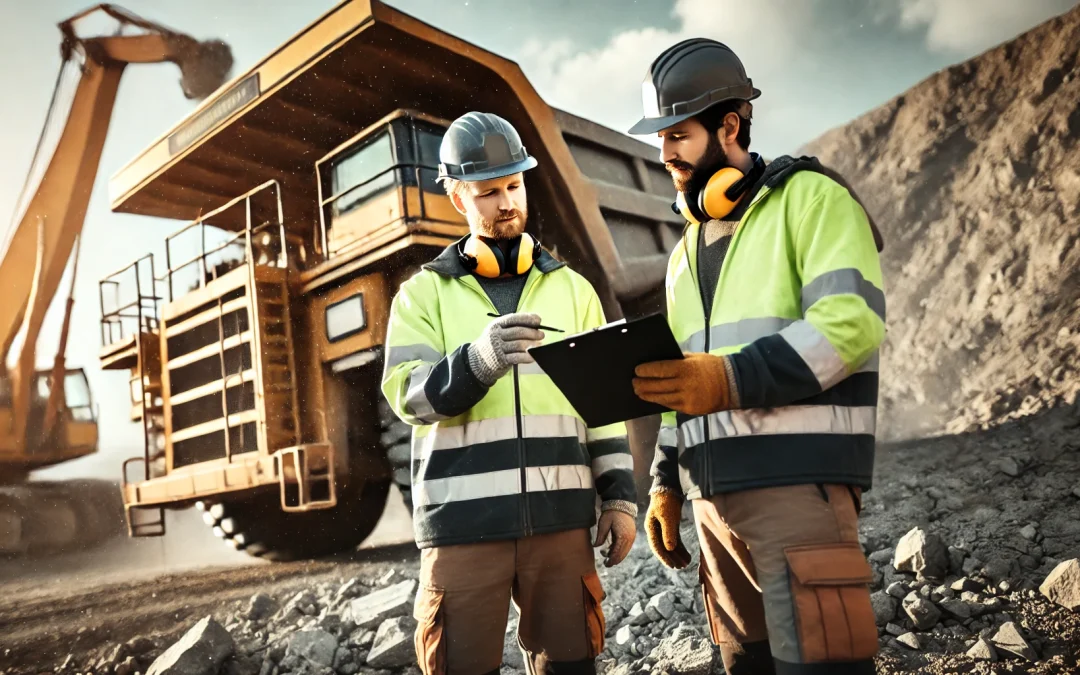Mining operations are capital-intensive and highly dependent on the efficiency of heavy machinery and equipment. Effective maintenance strategies are crucial to minimizing downtime, reducing operational costs, and ensuring worker safety. Maintenance optimization in mining involves leveraging advanced technologies, predictive analytics, and strategic planning to improve asset reliability and performance.
The Challenges of Mining Maintenance
Mining equipment operates in some of the harshest environments, facing challenges such as extreme temperatures, heavy loads, dust, and moisture. These factors contribute to equipment wear and tear, unexpected failures, and costly downtime. Traditional maintenance methods—such as reactive or scheduled preventive maintenance—are often inefficient, leading to unnecessary repairs or catastrophic failures.
Common Maintenance Issues in Mining:
- Unexpected equipment breakdowns: Leading to halted production and financial losses.
- High maintenance costs: Frequent repairs and part replacements increase operational expenses.
- Inefficient resource allocation: Technicians often spend time on unnecessary maintenance tasks.
- Safety risks: Equipment failures can lead to hazardous working conditions.
Strategies for Maintenance Optimization
To overcome these challenges, mining companies must adopt advanced maintenance optimization strategies that enhance equipment reliability and efficiency. Below are key approaches:
1. Predictive Maintenance with AI & IoT
Predictive maintenance (PdM) uses sensors and AI-driven analytics to monitor equipment health in real-time. IoT-enabled devices collect data on temperature, vibration, pressure, and other key metrics, allowing predictive models to anticipate failures before they occur.
Benefits:
- Reduces unexpected failures by up to 70%.
- Lowers maintenance costs by minimizing unnecessary repairs.
- Enhances safety by preventing hazardous failures.
2. Condition-Based Maintenance (CBM)
CBM involves monitoring the actual condition of equipment rather than following a fixed schedule. This approach ensures that maintenance is performed only when necessary, reducing wasted resources and downtime.
Implementation Steps:
- Install real-time monitoring sensors on critical equipment.
- Set performance thresholds to trigger maintenance alerts.
- Use machine learning algorithms to analyze operational trends.
3. Reliability-Centered Maintenance (RCM)
RCM is a structured approach that prioritizes maintenance efforts based on the criticality of equipment. It involves:
- Identifying essential machinery that impacts production and safety.
- Analyzing failure modes and their consequences.
- Developing targeted maintenance plans to address high-risk areas.
4. Digital Twin Technology
Digital twin technology creates a virtual model of mining equipment, allowing operators to simulate different scenarios and predict maintenance needs. This reduces trial-and-error methods and optimizes decision-making.
Advantages:
- Simulates wear and tear over time.
- Tests maintenance strategies in a risk-free digital environment.
- Improves planning and scheduling efficiency.
5. Automated Maintenance Scheduling
AI-powered maintenance management systems (CMMS) help schedule and track maintenance activities efficiently. These systems:
- Automate work orders based on predictive analytics.
- Optimize technician assignments.
- Provide a centralized platform for maintenance records.
The Role of AI and Machine Learning
AI-driven analytics are transforming mining maintenance by providing deeper insights into asset performance. Machine learning algorithms analyze historical data to detect patterns, improving maintenance scheduling and reducing failure rates. Benefits of AI in mining maintenance:
- Identifies hidden failure patterns.
- Reduces downtime by optimizing repair schedules.
- Enhances decision-making with data-driven insights.
Conclusion
Mining companies must move beyond traditional maintenance methods and embrace predictive, condition-based, and AI-driven maintenance optimization strategies. Implementing these modern approaches improves efficiency, reduces costs, enhances safety, and ensures sustainable mining operations. By leveraging digital technologies, mining companies can maximize uptime, extend equipment lifespan, and maintain a competitive edge in the industry.
